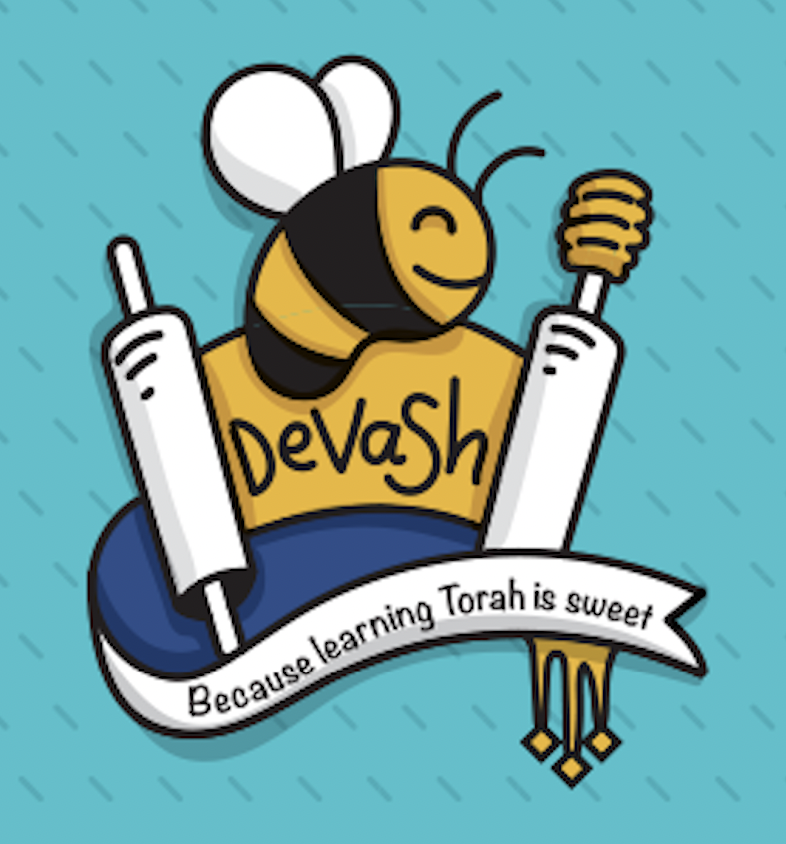Illustration Credit: Elad Lifshitz, Dov Abramson Studio

Commentary פַּרְשָׁנוּת
In the opening pasuk of our parashah, there’s a new description of the mishkan, one that hasn’t yet come up in the Torah. For the first time, the mishkan is called מִשְׁכַּן הָעֵדֻת (mishkan ha-eidut).
Eidut means testimony. Someone who gives testimony tells other people about an important event that happened. Sometimes, an object—like a statue or a memorial—can also act as testimony.
The term “mishkan ha-eidut - the mishkan of testimony” makes us wonder: what important thing was being witnessed and shared here?
מִשְׁכַּן הָעֵדֻת שֶׁהַלֻחוֹת שׁוֹכְנוֹת בּוֹ.
It’s called, “mishkan ha-eidut,” because the luhot (the tablets that Moshe received from God) are kept in it.
עֵדֻת לְיִשְׂרָאֵל שֶׁוִּתֵּר לָהֶם הַקָּדוֹשׁ בָּרוּךְ הוּא עַל מַעֲשֵׂה הָעֵגֶל, שֶׁהֲרֵי הִשְׁרָה שְׁכִינָתוֹ בֵּינֵיהֶם...
The mishkan was testimony to Benei Ysrael that God had forgiven them for the sin of the golden calf, because God’s presence was still staying with them.
Hizkuni explains mishkan ha-eidut as meaning that the mishkan contained testimony: the luhot that Moshe received on Har Sinai. Earlier in Shemot, when God gave the luhot to Moshe, they were called לֻחוֹת הָעֵדוּת (luhot ha-eidut, the luhot of testimony; Shemot 31:18). In other places in the Torah, they are referred to simply as עֵדֻת (eidut, testimony).
Rashi says the mishkan itself was the testimony. It was a symbol of God’s forgiveness and presence after the חֵטְא הָעֵגֶל (heit ha-eigel, sin of the golden calf).
- Back in Devash for Parashat Terumah, we saw Rashi’s comment that the mishkan was only commanded after the heit ha-eigel, in response to that sin. How does Rashi’s explanation of “mishkan ha-eidut” fit in with his overall perspective on the role of the mishkan?
- Are you more drawn to one of these interpretations? From learning the parashah these past few weeks, do you understand the mishkan itself mostly as testimony about God’s forgiveness or mostly as a place to keep the luhot? Could it be both?
-------------------
-------------------





